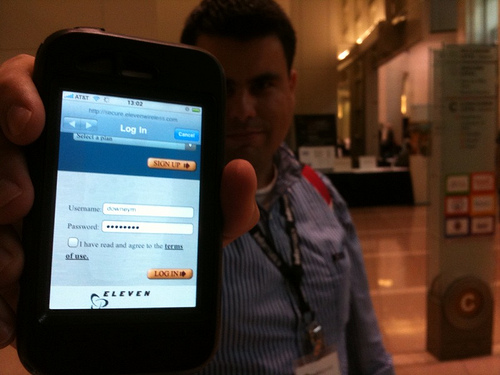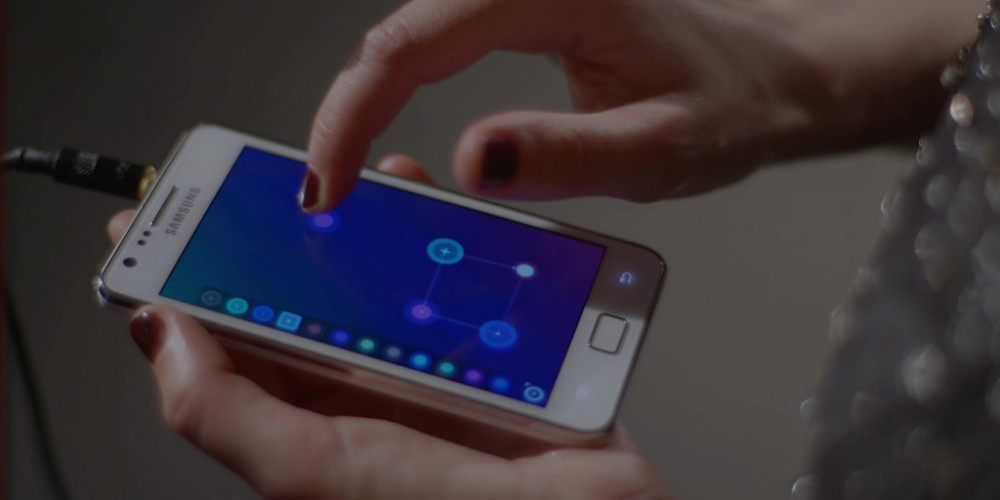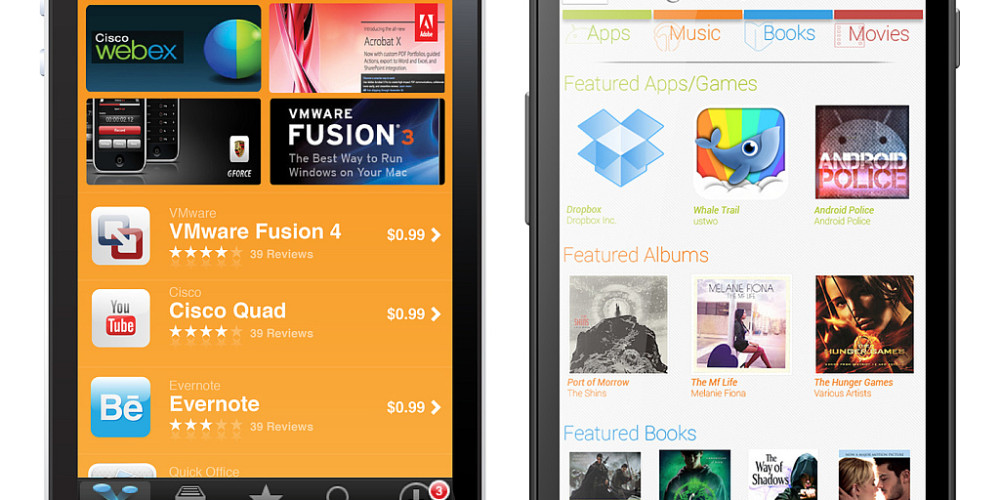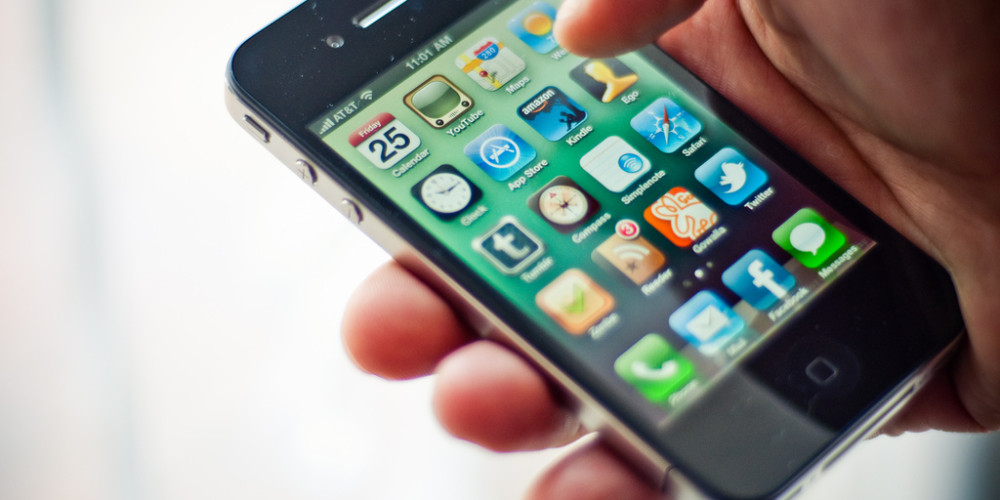Is patient engagement simply a physician-patient communication challenge?
Or, does mHealth technology fundamentally transform the physician-patient relationship, and how effective the communication truly is in changing a patient’s health?
Stephen Wilkins states his position up-front with this bold statement:
There is no app for engaging patients in their own health care absent a strong doctor-patient relationship.
Let’s explore the points Mr. Wilkins makes, and see if we can determine the right perspective for both patient engagement communication and the role mHealth technology plays in facilitating a strong doctor-patient relationship.
1. Are Smartphones and mHealth apps the key to greater patient engagement?
I agree with Mr. Wilkins, health information technology alone isn’t going to “engage” patients to change behaviors and improve health alone. However, smartphones and mHealth apps DO empower patients with information and educate the patient to have a personally meaningful dialogue with the doctor. Patients armed with their Electronic Health Record and relevant data about their individual health challenges ARE equipped to ask better questions and understand the answers the doctor provides.
2. Do “providers need to “be more engaging” to patients who are already actively engaged in their health”?
Yes, I agree, when the informed, “engaged” patient shows up at the doctor’s office, it’s the doctor’s responsibility to return a level of engagement and personalized communication to patient. Yes, listening to the fears and concerns of the patient is key to communication that leads to patient engagement. Explaining the treatment and the reasons for it, answering the patients questions concerning the treatment, and delivering it in a way that leads to long-term change in the patient’s health behavior can’t happen solely via a slick mHealth app.
But, mobile health technology does have the potential to play a key role in this doctor-patient narrative.
3. As an mHealth firm, does your app “engage” the doctor-patient relationship on its own, or is something more required?
When you read through the comments on Mr. Wilkens article, there’s strong agreement that Health Information Technology folks are missing the boat here. There seems to be too much emphasis on selling the “sizzle” of the technology without providing the “steak” of how the mHealth technology solution will help both doctors and patients. While mHealth apps empower the patient, they will likewise free the doctor from the burden of managing the data of the patient transaction to a focus on the patient relationship.
Yes, this is what many mHealth firms envision, but they talk about and push the technology rather than tell the story that engages both health care professionals and patients. Mr. Wilkens is right. The most innovative, elegant mHealth app is never going replace a strong doctor-patient relationship.
What else is needed?
Listening to the concerns and frustrations of doctors and patients. Explaining how the use of the mHealth app helps ease fears. Explaining how the mHealth app or solution fits and facilitates the treatment plan. Telling the story of how the Mobile Health solution helps the doctor better scale and deliver long-term effective health care.
To deliver patient engagement, the doctor and patient must communicate. Likewise to deliver accepted Mobile Health solutions, the communication, the story, trumps the technology.
photo credit: Wayan Vota via photopin cc









Brian Mack says:
Sam,
Like you, I agree with Stephen’s premise in principle, and I share the frustration over too much emphasis among those who position technology as the magic bullet. But I have also seen the value that integrating mHealth into the Doctor/Patient equation can deliver.
There are a couple of additional factors that I believe are worthy of consideration in this discussion:
1. Engagement is not just a 2-way street
The key to successful engagement, particularly for the chronically ill, is regular relationship-based communication between the patient and the “care team”. A care team should certainly include the physician, but may also incorporate a case worker, mid-level, home-care worker, family member etc. mHealth is well positioned to help facilitate this group-based connection.
2. Engagement is ongoing
We are fickle creatures with short memories prone to immediate gratification. Maintaining successful engagement requires that all parties are receiving value for their investment. The definition of this value will naturally evolve and change over time. mHealth tools offer excellent resources for maintaining contact, monitoring behavioral change and delivering incentives to enhance value in the relationship.
3. “Frequent Flyers” are NOT engaged
The largest cost/utilization generators in the system are not those that are researching their concerns, scheduling and keeping appointments, following protocols and proactively refilling prescriptions. It’s the DIS-engaged population that needs to be reached to deliver meaningful change. The explosive proliferation of smart phone technology across socioeconomic strata puts mHealth in the unique position to reach this population!
4. It’s basic economics
The demand for care in the U.S. is already far greater than the available supply of resources. This dynamic is only going to grow as PPACA moves toward full implementation in 2014. Incorporating “extenders” into the delivery system is one great idea worth including for bridging this gap. mHealth, along with the coming portability of PHI has the potential to connect all of these moving parts into a seamless and cost efficient machine.
I would certainly not diminish the importance of the doctor-patient relationship. But downplaying the significant value that this technology represents would be just as misguided.
Stephen Wilkins says:
Brain,
You are exactly right about the team aspect of engagement, that engagement comes and goes, e.g., is situational-specific, and that many of the frequent fliers have such a high level of trust and dependency upon their physician that they do what he/she tells them or think they told them.
Yes HIT has a role to play…but not the operative term Brain used – HIT has to be integrated into the care team – patient relationship.
Great analysis Brian!
Great conversation Sam.
Carl says:
I couldn’t agree more. This is the basis of what we’re building our software for – to facilitate digital communication between all of the care stakeholders. @CareTreeMe
James Ryan says:
Ever current today in mHealth and integration
@buddyappUK